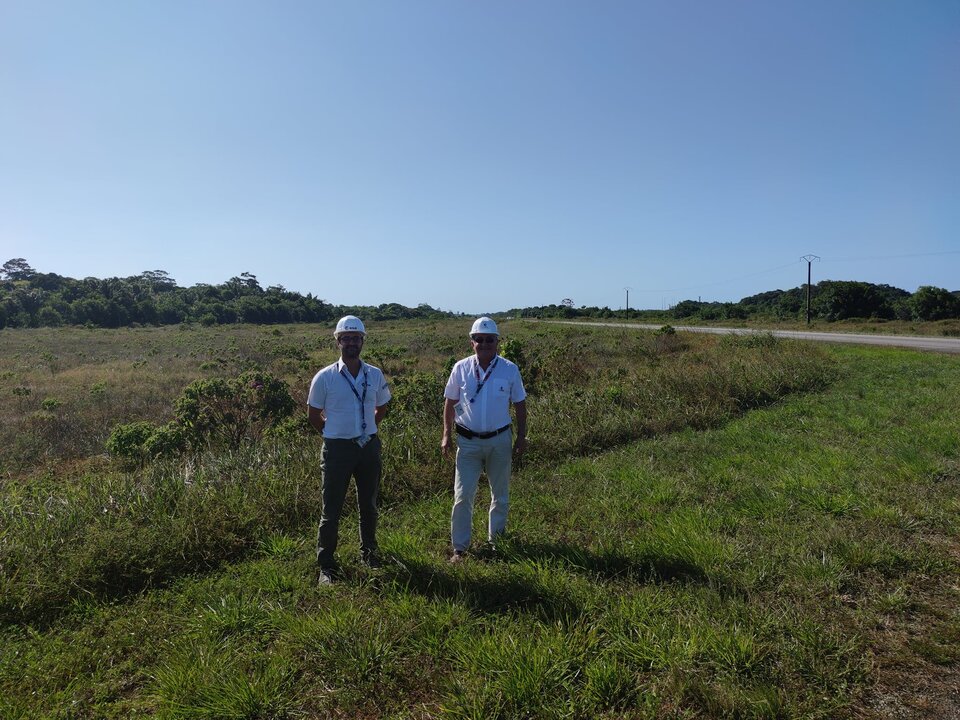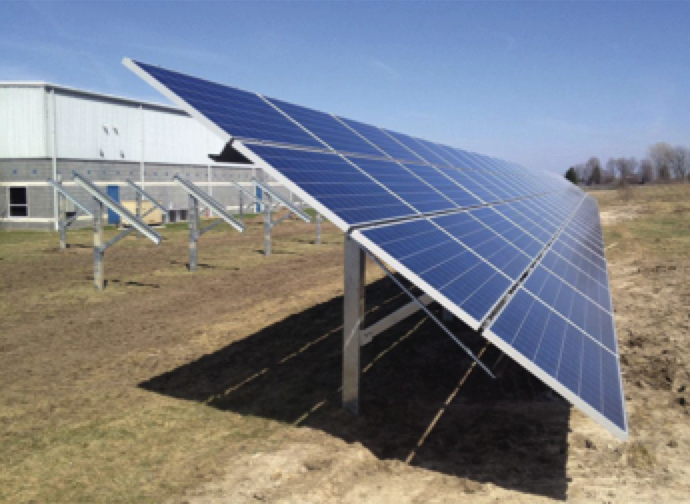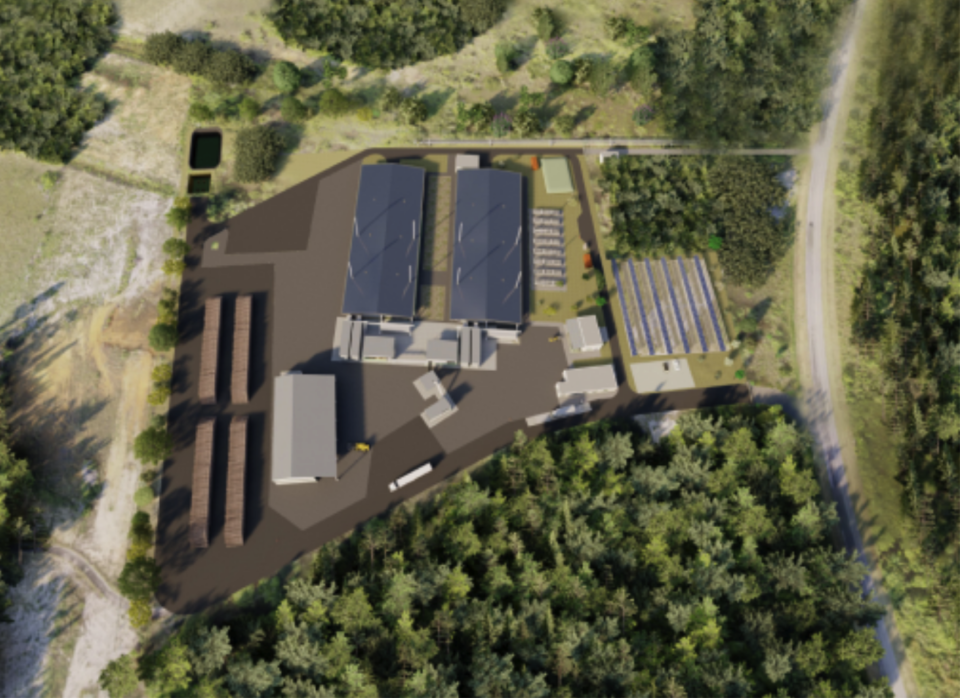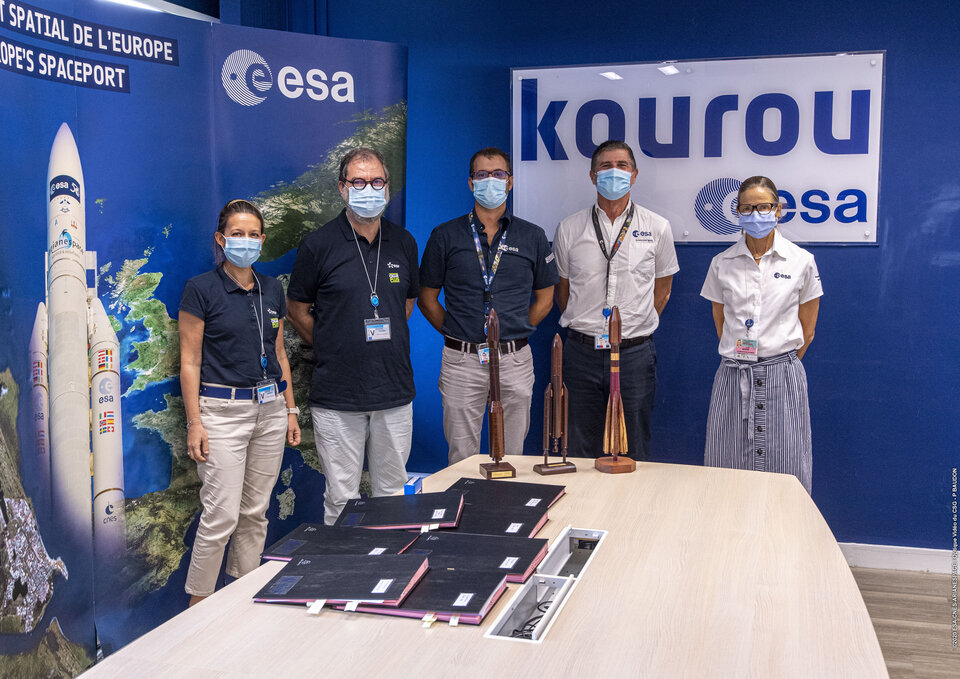8.11.2020

Europe’s Spaceport in Kourou, French Guiana, covers 700 square kilometres and comprises the launch range, three operational launch complexes with another under development for Ariane 6, and propellant manufacturing plants. Together they draw up to 20% of the country’s energy supplies.
About half the power at the base is used to cool buildings while energy-intensive solid and liquid propellant processes take up most of the rest. The yearly bill is several million euros.
ESA with France’s CNES space agency, plan to cut costs by reducing the reliance on the French Guiana grid and transitioning to ‘green’ and renewable energy sources on site. These new energy sources are intended to provide 90% of the electricity consumed at the base by end-2025. On achieving this, Europe’s Spaceport would be well in advance of COP21 objectives to combat climate change.

The energy transition plan is based on two major pillars: the introduction of solar fields (up to 10 MW peak) delivering the first electron by the start of 2023, followed by two biomass units the same year with the intention of utilising the waste heat for cooling buildings. This mix could save about 50 GWh per year, reducing the carbon footprint by about 45 000 tonnes of carbon dioxide (CO2) equivalent.
These development plans were approved at Space19+. They reflect the approach of ESA and CNES to the global urgency to care for our planet.
ESA aims to increase its contribution to the sustainable development of our society, avoid negative impacts on the environment and maximise positives ones.

“Solar panels would in the first instance, allow a technology learning curve. Further extending the number of panels would bring additional power to the Spaceport to supplant an aging French Guiana grid by 100% green energy,” explained Teddy Peponnet, CSG Renewable NRJ transition project manager at the Spaceport.
“In the future, solar energy would be used to recharge fuel cells at the Spaceport. Biomass units, installed and operated by a third party, would also supplement the French Guiana grid. A workforce of 250 will work on the biomass overall cycle, boosting local employment.”

The principle of a biomass power plant consists of using dead wood to produce bio-gas in gasification chambers and obtain electricity via a co-generation process – the carbon dioxide produced is offset by the crop’s sequestering of carbon dioxide from the air. About 75% of the energy contained in the fuel is dissipated as heat, made use of via absorption groups to feed the air conditioning system of the Spaceport.

In addition to the ‘greening’ actions adopted by ESA and CNES, industrial operators are playing a major role as well. This summer, industry supported by ESA, implemented specific energy saving memorandums of understanding with EDF SEI, the local energy provider. These protocols enable them to collect energy rebates which will be reinvested for greater launchers competitiveness and carbon footprint improvements on site.
ESA, CNES and industrial operators are creating a new chapter in the history of Europe’s Spaceport. Together they are using renewable energy as a key component in launchers competitiveness while serving the local community and ultimately French Guiana as a whole.
Quelle: ESA
